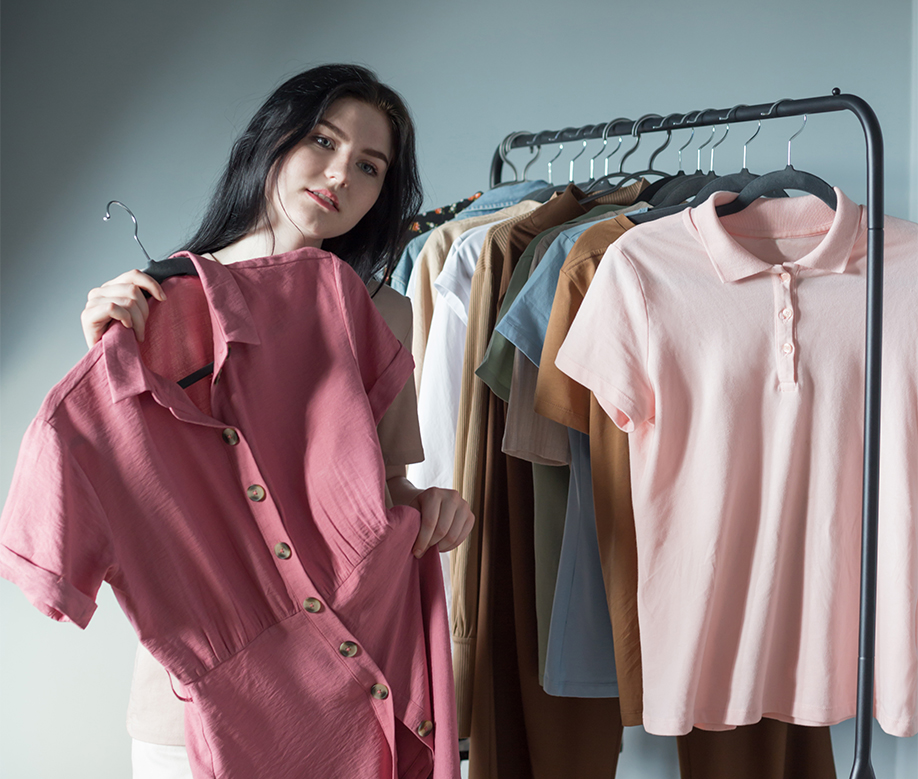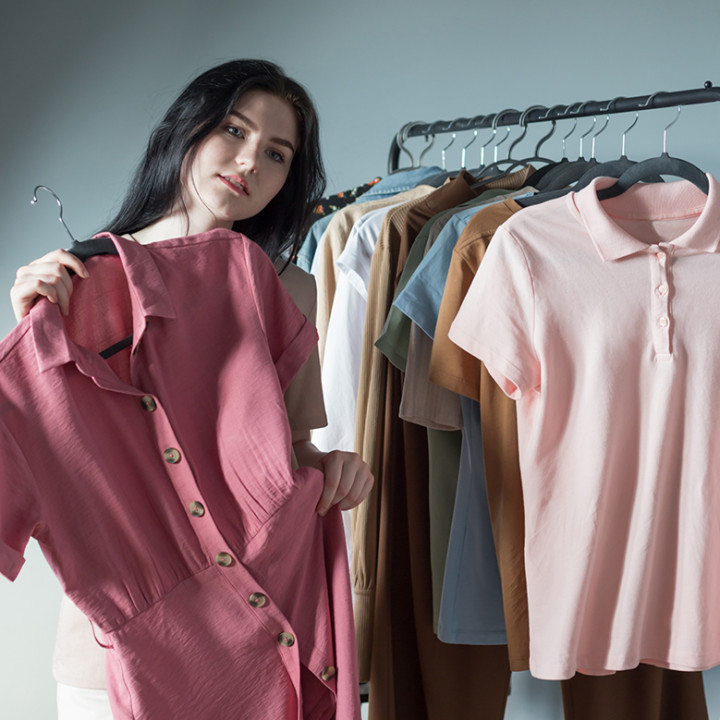
Mastering the Art of Color Coordination: How to Choose the Perfect Outfit Shades
Choosing the right colors for your outfit isn’t just about following trends—it’s about creating a balanced and confident look that enhances your personality. Whether you prefer a bold and striking appearance or a subtle and elegant style, mastering color coordination can help you stand out effortlessly.
Understanding the Basics of Color Coordination
Before diving into outfit combinations, it’s important to understand the fundamentals of color. The color wheel is a great tool that helps identify shades that work well together. It consists of:
Complementary Colors: These are opposite each other on the color wheel, like blue and orange or red and green. They create a bold, high-contrast look.
Analogous Colors: These are next to each other on the color wheel, such as blue and teal or red and orange. They offer a more subtle and harmonious feel.
Monochromatic Colors: This involves different shades of the same color, creating a refined and put-together appearance.
Choosing the Right Colors for Your Skin Tone
Picking colors that complement your natural skin tone can elevate your overall style. Here’s a simple way to determine which shades suit you best:
Warm Skin Tones: If you have a golden or olive undertone, earthy shades like mustard, deep red, warm brown, and olive green will enhance your look.
Cool Skin Tones: People with pink or blue undertones look great in jewel tones like sapphire blue, emerald green, and deep purple.
Neutral Skin Tones: If your undertone is balanced, you can experiment with both warm and cool colors. Neutral shades like beige, gray, and off-white also work well.
Perfect Outfit Color Combinations for a Stylish Look
Now that you know the basics, let’s explore some foolproof outfit color combinations that always look good:
Classic Black & White: A timeless choice that works for any occasion. It’s simple, sophisticated, and effortlessly stylish.
Navy & Beige: This combination exudes elegance and is perfect for both casual and formal settings.
Earth Tones Together: Pair shades like olive green, rust, and brown for a grounded, natural look.
Pastel Mix: Soft shades like lavender, peach, and mint green create a fresh and modern vibe.
Burgundy & Gray: A great choice for fall and winter, offering a rich yet subtle contrast.
Balancing Bold Colors with Neutrals
If you love bright colors but don’t want to overpower your outfit, balance them with neutral tones. For example:
- A bright red outfit pairs beautifully with a neutral white or gray.
- Vibrant yellow works well with beige or navy.
- A rich green outfit can be softened with cream or charcoal gray.
- Final Tips for Color Coordination Success
- Stick to two to three colors in an outfit to maintain harmony.
- Experiment with different combinations but avoid clashing colors that compete for attention.
When in doubt, neutral tones always provide a safe and stylish foundation.
By mastering color coordination, you can elevate your style effortlessly while feeling confident in every outfit you wear.




